The phrase ”Microdosing” has been gaining considerable popularity in recent years. Many research studies indicate that there is a lot of potential in its application, but where does the concept of taking a small dose of a Psychedelic actually originate from? There are a variety of different ideas regarding this form of use, but the long historical relationship between Psychedelics and man is evident and generally acknowledged by academics.
Going Back in Time with Microdosing
According to ethnophamrmacologist Terence McKenna, the symbiotic relationship between man and psychedelics dates back to the beginning of humanity. McKenna argues that Psychedelics have played a pivotal role in the transition from Homo Erectus to Homo Sapiens. Despite the fact that his theory has not been proven yet, it is highly plausible that our ancestors were exposed to Psilocybin-containing mushrooms. There are several findings that support this claim. We are finding that Psychedelics have played a major role in the formation of culture and ideology coming from different cultures all over the world.
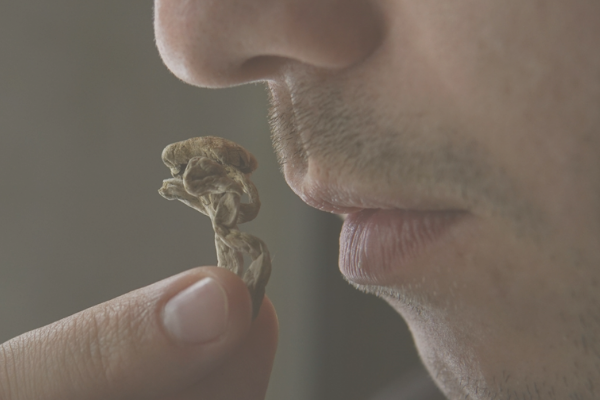
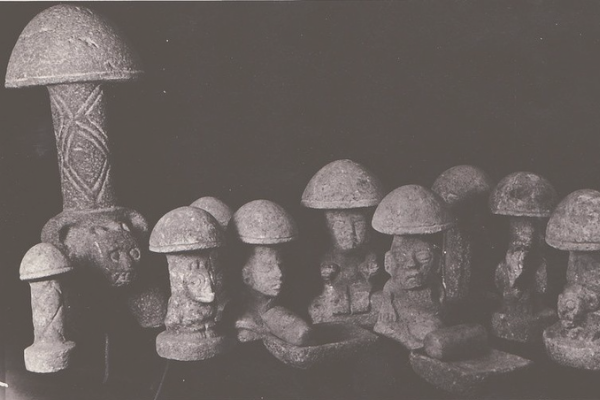
The Low Dose
Taking the “low dose” is believed to have been used for a variety of practical purposes. A low dose of Psilocybin, for example, was shown in 1970 to improve the function of eyesight. Psychologist Roland Fischer claims that this improvement would have enabled our ancestors to move higher up the food chain. Find out more about the cultural history in the article on The History of Hallucinogens.
Pioneering with Albert Hofmann
During the 1950s the effects of LSD, a synthetic psychedelic discovered by Swiss chemist Albert Hofman in 1938, had been the subject of many research studies. The Substance proved to be extremely effective in dealing with addiction and depression. One thing we know about Albert Hofmann is that, for a long period of time, he took small doses of LSD while going for walks or during moments of silence and inactivity. This would have helped him, in his own words, to be in touch with both himself and with nature. Albert Hofmann eventually lived to be 102 years old and experimented with taking small doses until the time of his passing.
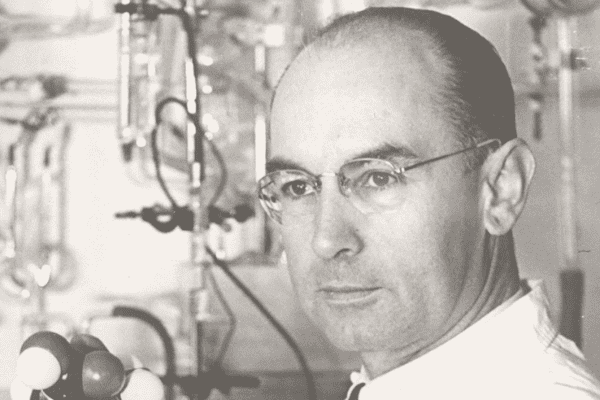
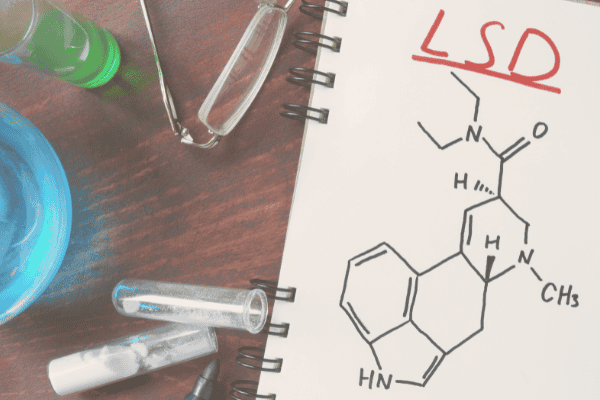
Dr James Fadiman Phd.
Microdosing as it is known today started in the more recent history by the work of Dr James Fadiman. In his book, The Psychedelic Explorers Guide, there is extensive coverage of the exploration of this emerging sub-culture. In 2015, Fadiman’s work was noticed by entrepreneur and author Tim Ferriss who then proposed a podcast interview. Through his podcast, Tim introduced the phenomenon to the general public which attracted a lot of attention from mainstream media. Fadiman was also the first to develop a user protocol. Those who follow the protocol take a Microdose on predetermined days and observe their wellbeing over a period of 1 to 2 months at most. It is recommended to document your findings on a daily basis. This allows you to reflect and makes you aware of changes that may occur during the cycle. By being mindful about the proces, you can integrate insights into daily life more sufficiently.
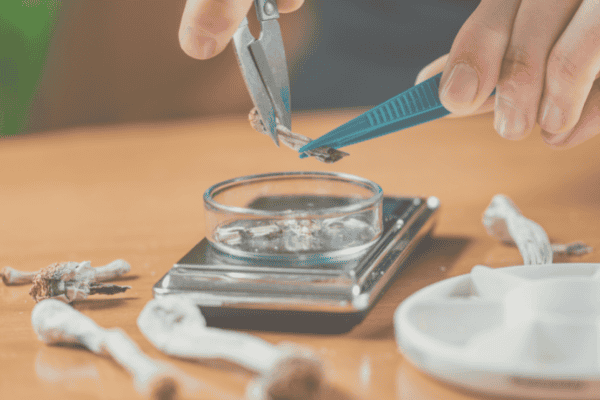
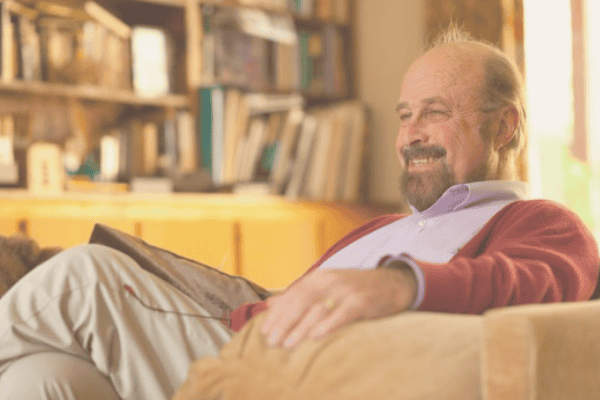
Fadiman as an absolute pioneer, was one of the first to collect thousands of reports from people who started working with his protocol. Several reports indicated that taking a Microdose produced a profoundly positive effect on overall well-being. Participants were reporting significant improvements on how they were feeling. There was also a clear link between Microdosing and the improvement of migraines, cluster headaches, various hormonal complaints and anxiety disorders such as PTSD. After numerous observations and several case studies, Fadiman states that through taking a Microdose, information can be processed more easily by the brain. These new neurological connections could potentially be the underlying cause for the multiple beneficial behavioural changes experienced by many participants during a Microdosing cycle.
Paul Stamets
Another renowned figure in the world of Microdosing is Mycologist and Psilocybin enthusiast Paul Stamets. Stamets is known for the ”Stamets Stack,” a method for stimulating neurogenesis. Stacking stands for combining multiple natural supplements and vitamins with a Microdose of Psilocybin. Stamets has dedicated his life to preserve the environment of valuable mushrooms, and to promote global adoption for his nootropic combination. Find out more in the article on Microdosing Stacking Methods.
Catching up with Science
In the early 50’s to late 60’s various Psychedelics were utilized for Clinical research. This abruptly came to an end when a “War on Drugs” was proclaimed. The massive rise and use of Hallucinogenic drugs by the infamous “hippie movement” posed a threat to the governmental interests during the Vietnam War. Because of the total ban, many studies were suspended and all financing was withdrawn from the Psychedelic work-field. This led to enormous backlogs and the exclusion of thousands of years worth of cultural-historical knowledge and ritual use within certain indigenous communities.
Taking Psychedelics is still prohibited in most countries. They are listed as prohibited and may not be distributed or used for consumption. This however doesn’t prevent science from actively exploring this promising area of work. In recent years we have seen an increasing interest and various Psychedelics are once again being examined. Although not all aspects of Microdosing have been mapped out yet, there are many scientific studies demonstrating the benefits of Microdosing which can be very fruitful. The results hold great promise and with the appropriate set of tools, we foresee a potential future for the application of Psychedelics in mental health care.
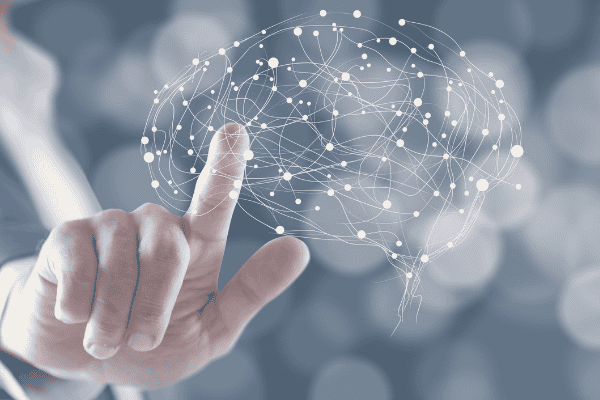
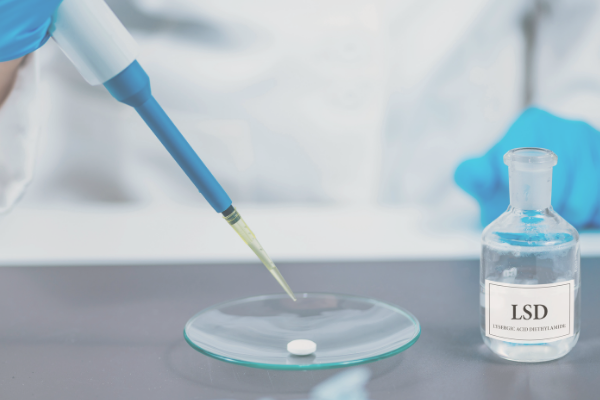
Microdosing for Everyone
Today, Microdosing is being recognized worldwide and we are witnessing many people getting started with various “self-help” methods in combination with Microdosing. Currently there is a lot of attention for the contribution of Psilocybin and many studies reveal a significant effect on the well-being of individuals. Even within European culture, adoption seems irreversible and over the last few years we have seen the popularity of Microdosing increase. Improved concentration, enhanced learning and work performance, increased physical energy, improved mood, problem solving abilities, increased creativity, increased productivity and improved sensory perception are part of an impressive list of benefits. Today, usage is no longer limited to pioneers, biohackers and hands-on experts. We are starting to see people from all levels of the population using it to improve creativity, mental health and overall well-being.
Sources
- https://www.jamesfadiman.com
- https://sites.google.com/view/microdosingpsychedelics/home
- https://www.nationalgeographic.com/science/article/can-microdosing-psychedelics-boost-mental-health-heres-what-the-evidence-shows
- https://microdosinginstitute.com
- https://thethirdwave.co/microdosing/
- www.gaia.com/psychedelica/
- http://maps.org/research/
- https://hopkinspsychedelic.org











